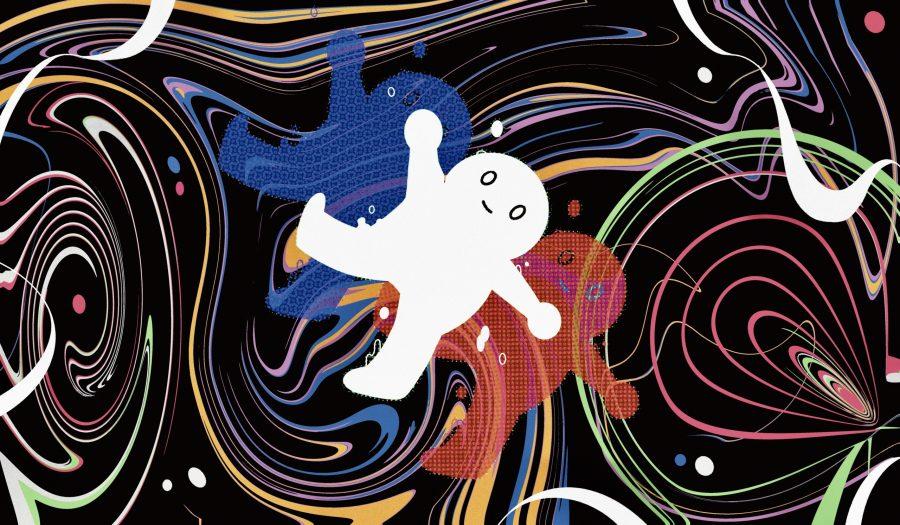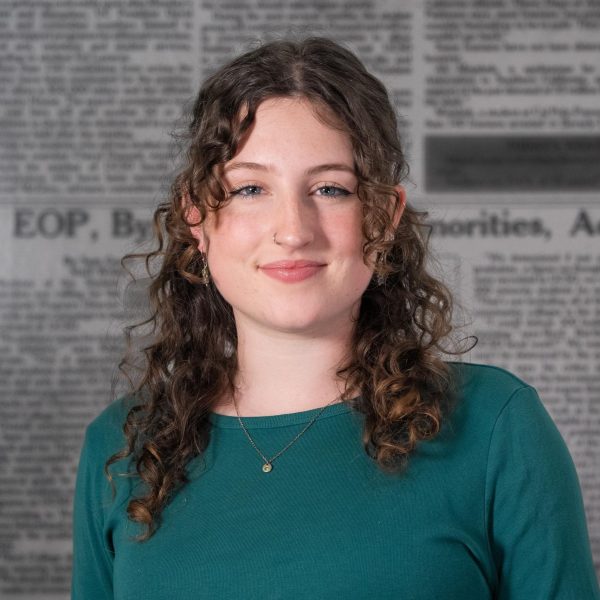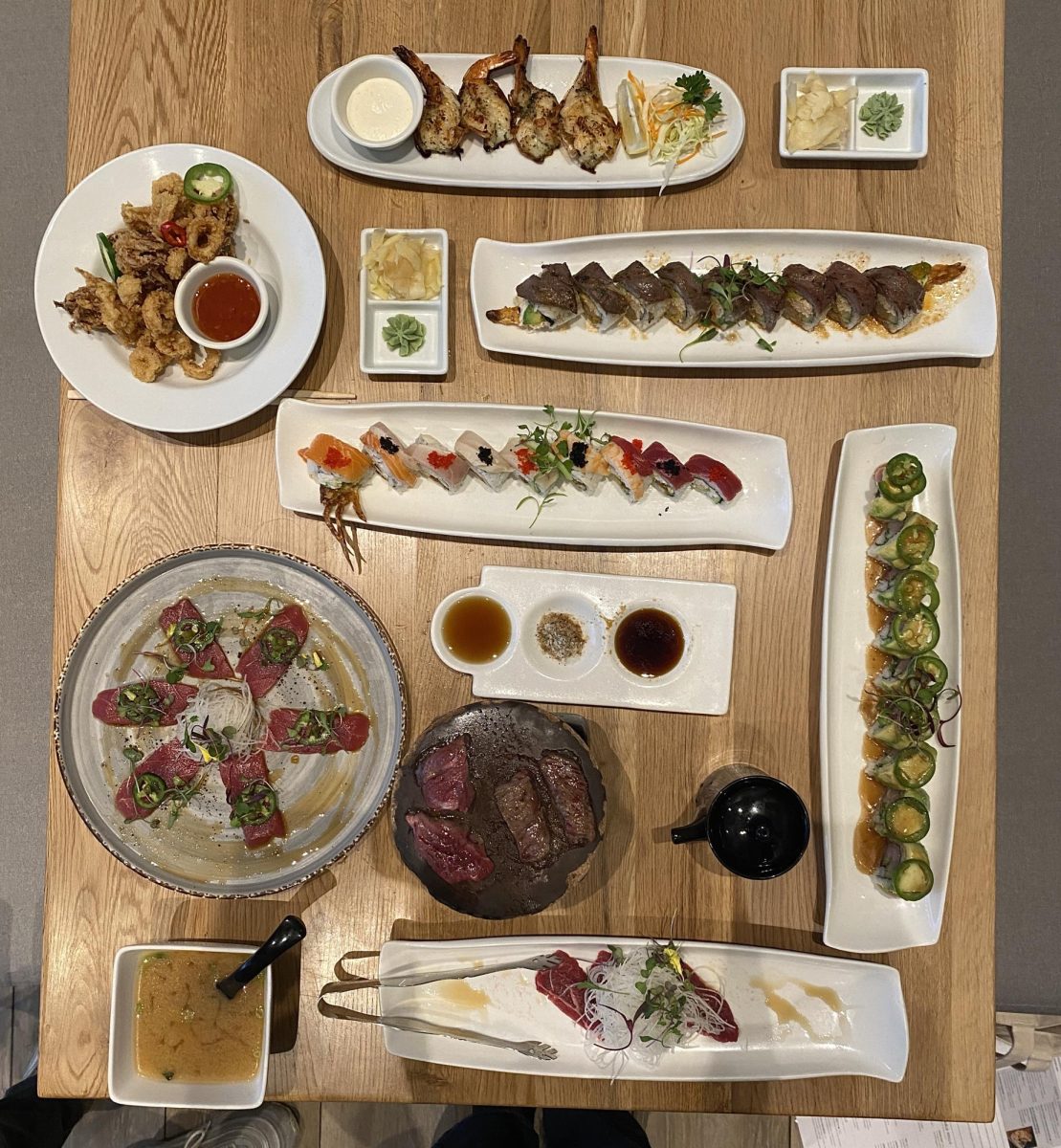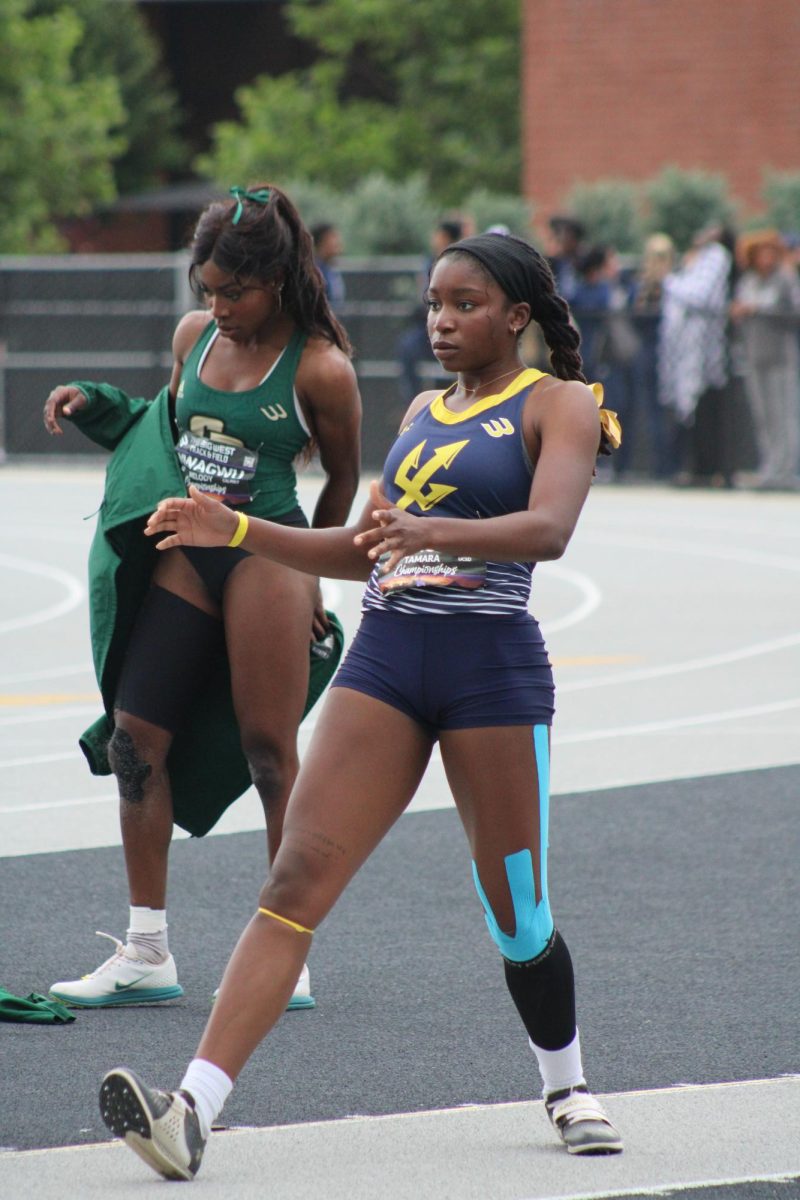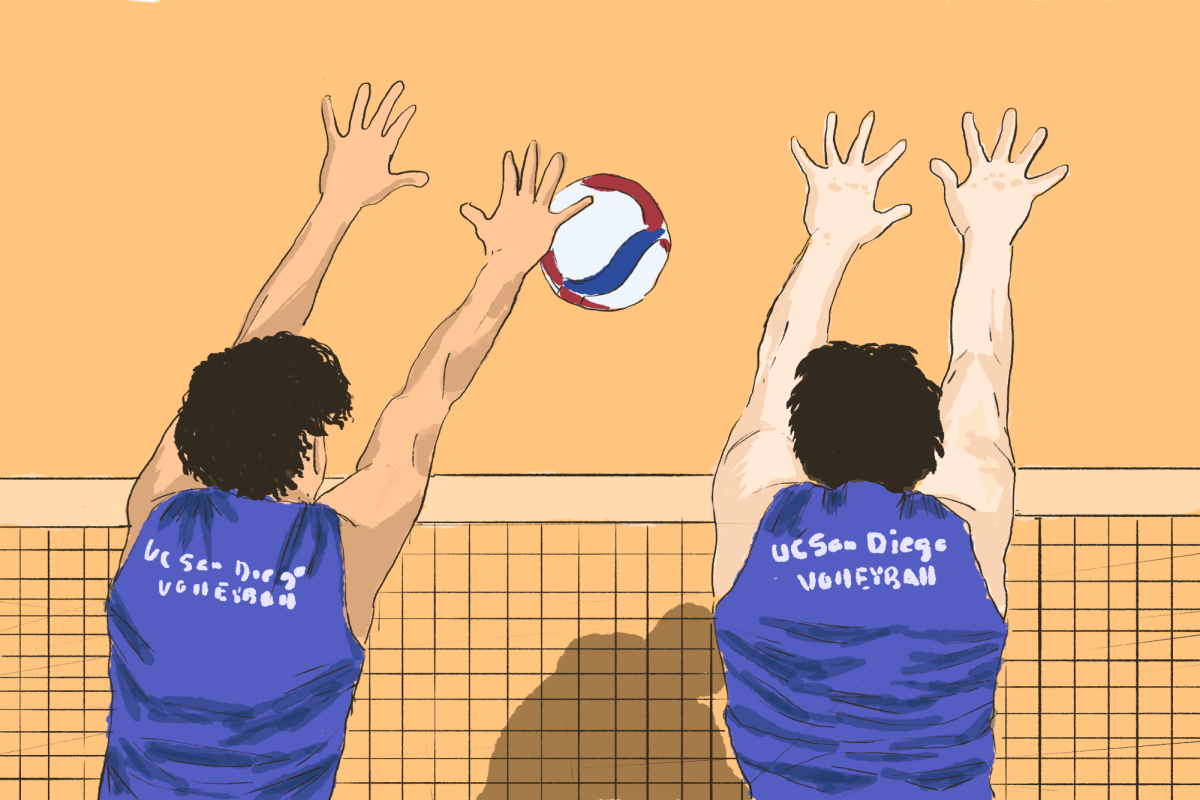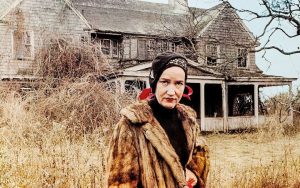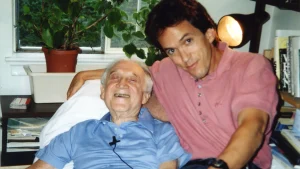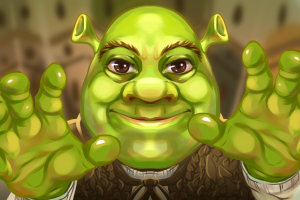Regulation and Realism: Drug Use at UCSD
Photo by Michelle Deng/ UCSD Guardian
Feb 12, 2023
Amidst the backdrop of higher education and federal regulation, passionate students and staff work to reimagine drug use, attitudes, and support systems in the UCSD community.
Whether or not drug culture is visible on the surface level of a university, it’s bound to exist. UC San Diego is no exception. Drugs can be a touchy subject across all of higher education, but as a public university supported with state and federal funding, UCSD staff and students have had to work through unique tensions and barriers. The result is a complex, ever-changing and fascinating relationship with drugs and their use, abuse, stigma, and education.
Christine Glissmann is the interim assistant director of Health Promotional Services at UCSD. She works within Student Health Services to promote education, well-being, and awareness for students on campus. She approaches her work with the knowledge that she can’t stop students from doing drugs.
“Definitely in my office, we do a harm reduction approach specifically for alcohol and drugs … I want you to have the best time, and I also want [you] to not experience any negatives, ” Glissmann said. She views the health center’s efforts as “student and person-centered,” supporting students as they build healthier relationships with substances.
To speak generally, UCSD organizations — whether social, political, or educational in nature — tend to adopt harm reduction approaches to drug use. UCSD students, staff, and administration stand at an interesting crossroads with their attitudes towards psychedelics and other drugs.
Vice president of the Psychedelic Club at UCSD Macey Keung highlighted UCSD’s psychedelic research initiative as one sign of the institution’s proclivity towards an accepting attitude surrounding future psychedelic use.
Keung is a junior in Sixth College and co-founded the Psychedelic Club at UCSD with a friend to share her interest in and passion for psychedelics. The Psychedelic Club is one branch of many across the U.S.. They aim to fight stigma, promote healthy dialogue, and increase mainstream acceptance of psychedelics and their potential as a tool for individual growth. Though the Psychedelic Club is classified as a social organization, Keung highlights its value as an educational opportunity for students to learn and grow.
“With our club in particular, we try to de-emphasize psychedelics as part of drug culture and to talk about them in a way that relates more to spiritual transformative experiences, their relationship to meditation, and the ability to have these really insightful, introspective experiences,” Keung said.
Jacob Ross is a senior in Eleanor Roosevelt College. As co-founder of the UCSD branch of Students For Sensible Drug Policy, Ross is passionate about harm reduction and drug policy reform. SSDP’s constitution lists awareness, education, and grassroots legislative action as some of their goals and values. They hope to provide a space for students to better understand drug research and use, in addition to direct involvement with legislation.
Much like SSDP and the Psychedelic Club at UCSD, Cannaclub aims to continue changing the UCSD community’s perception of drugs. John Muir College fifth-year Ronald Moreno founded Cannaclub in 2020 with clear goals in mind, alongside two of his close friends Wendy Tapia and Leilani Rodriguez.
Moreno divides Cannaclub’s goals into three categories: education, advocacy, and opportunity. He hopes to educate the community about medicinal benefits, science, and even the cultural and historical ties to cannabis that are often overlooked. To engage their community, Cannaclub hosts social events as well as general body meetings that cover information about cannabis advocacy and invites guest speakers.
As each of these clubs work through the complexities of UCSD’s administration, they face both the structural and ideological barriers that U.S. federal attitudes and laws establish and enforce. The United States’ Controlled Substances Act categorizes both cannabis and psychedelics as Schedule 1 drugs, which signifies under the law that they have high potential for abuse, and currently aren’t accepted as valid medical treatment.
These student organizations have been working to create new narratives about drugs on campus. Alongside them, the administrative side of UCSD’s drug culture has created its own support system for students involved with substances.
SSDP have most recently been in collaboration with Student Health Services in an effort to help keep students safe with wider access to fentanyl test strips and the opioid antagonist naloxone. Ross hopes to see the project in action in less than two weeks. A new section of the Student Health Services website will point community members to information, training, and ways to directly access naloxone, a nasally-administered medication used to reverse opioid overdoses.
“You can walk into Student Health Services, no questions asked, encounter no additional barriers, and get Naloxone,” Ross said.
Though the discourse about drugs and their uses has been growing among the UCSD community, Moreno feels like some aspects of the conversation are still missing. He’d like for UCSD to begin talking about cannabis not just as a taboo, recreational, harmful habit, but as a complex subject and potential tool that’s worthy of education and understanding.
“I think there’s another side to exploring drugs that isn’t really connected here at UCSD, and that’s understanding where the drugs came from, what role these drugs have in our society,” he said.
Moreno views expanding conversations about drugs as an opportunity to learn, whether about their significance in modern-day society or the motivations behind use.
“Learning facts about cannabis or whatever substance you’re getting into, it gives you a deeper understanding and a deeper appreciation of how these substances may be helping you, and that gives space for people to be using it in a more positive light,” Moreno said.
Glissmann understands that spaces like Cannaclub and Psychedelic Club are “part of healthy campus culture.” She knows that it’s important to have resources for people to talk about safe ways to engage in drugs if they choose to do so in the first place.
Despite this positive perception of these substance-related clubs, each organization was met with the challenge from UCSD’s bureaucracy. In the journey towards official establishment, both clubs had to make sure their purpose was within the boundaries of student organizations here at UCSD.
Keung described the process of getting the Psychedelic Club off the ground.
“UCSD was very specific in their language with their approval,” she explained. Clarity was an essential part of the process for both the Psychedelic Club and the Cannaclub, in being clear that there would be no sourcing of psychedelics within the club and that their purpose was solely about education or other means.
Moreno, too, had a complicated journey toward the founding of Cannaclub. In the process, he was required to talk to a lawyer, as well as financial advisors and other staff to ensure that they had the “right” motivations for creating the club.
“It didn’t feel like we were being discouraged from creating the club, but we were definitely being tested.” Moreno and his associates pushed through the process with the knowledge that their purpose was valid — that the UCSD community was ready and deserving of more cannabis-related education and advocacy.
Ross, too, does everything he can to ensure that all of SSDP’s actions are compliant with UCSD’s campus rules and regulations.
Ross and his team haven’t hit any major roadblocks in their efforts to create safer drug habits at UCSD, and he feels like Student Health and other higher ups “[see] that we are not trying to do anything other than what we’re saying we’re doing, trying to keep people alive.”
Moreno described an overall impression that drugs have a negative connotation at UCSD, whether that’s a product of U.S. culture or higher education.
“More often than not you feel the sentiment that substance use will always be seen in a negative light … we’ll always see that person as crazy or someone who’s hurt,” he said.
Ross agreed that particular attitudes seem to accompany the presence of drugs and substances at UCSD.
“I think this entire system of federally funded higher education comes with certain stipulations, and one of those stipulations really is, ‘drugs are bad,’” Ross said. He hopes that in the next few years, UCSD will dive even further into the harm reduction mindset and that SSDP’s resources and attitudes will become the norm.
Keung has noticed some pushback from the UCSD community around the Psychedelic Club and its goals and values as well. In one instance, the Psychedelic Club wanted to post a promotion to a Discord server, and “they wouldn’t allow it because it had to do with drugs, even though our club purpose is not doing drugs in the club, it’s to fight some of that stigma that we’re facing.”
Moreno would like to see UCSD’s resources expand even further. “People who are gonna try drugs are gonna do it, so it’s about making sure they know how to do it and know the other things that come along with doing these substances,” Moreno said.
He also would like to see more information about the benefits and detriments of different kinds of substances, and even official information about dosages and safe ways to approach use. Keung also wants the UCSD community to know how to use drugs safely.
“I think also it’s about the education on these drugs, how to use them safely … especially with weed and psychedelics where they have so much potential use in positive ways,” she said. The Psychedelic Club works to provide this education in both academic and social settings, with informational sessions as well as social gatherings like bonfires.
If students are choosing to do drugs, Glissmann wants them to be honest with themselves about why they are making that choice. Are students using substances in a social context, as an exploration of their lives and minds, or has it become a coping strategy? What role do their habits play in day-to-day life, relationships, and health?
“Like anything, there’s a spectrum of when that substance is doing more harm than it is helping. That’s why we have the Collegiate Recovery Program in my office, and we’ll help with harm reduction or abstinence or whatever that looks like, to try and create an environment that is conducive to sobriety or harm reduction,” Glissmann explained.
The resources for drug use are out there, but many students are unaware of them. Glissmann recognizes that “not everyone is checking the website, checking their emails.” She also recognizes a need for further education and outreach from Student Health Services. Regardless, she thinks that the wider implementation of these healthier habits, attitudes, and considerations surrounding drug use are something to look forward to in UCSD’s future.
Under the regulation and funding of the U.S. government, UCSD may be limited in their ability to provide the kind of discourse that the community wants to see. In response, clubs like Cannaclub, Students for Sensible Drug Policy, and Psychedelics Club are paving the way for a new set of attitudes and resources about substances on campus.
California state laws surrounding cannabis reveal that progress surrounding drug acceptance has been made and that it will likely continue to change. Cannabis is legal in California, though not on a federal level. As scientists learn more about the potential benefits and harms of cannabis and psychedelics, federal perceptions of these drugs are bound to change. As a California public university, UCSD is likely to do the same.
“We have this thriving cannabis industry in California,” Ross said. “I don’t necessarily see a reason that it has to remain completely off campus … I would really like to see something like a cannabis consumption lounge, just a way to integrate who we are in California.”
Moreno, too, has a vision for UCSD’s acceptance of cannabis. He recognizes the ways that UCSD is limited by its status as a public university, but also sees the mere presence of his club as progress.
“I really believe that being on campus, by having a cannabis advocacy club, we’re winning the battle, showing our institution that there are plenty of students who love and respect this plant, and view it more than something that’s just harmful,” Moreno said.
“Infusing cannabis on campus, it’s hard, because it is federally scheduled,” Glissmann said. “It takes governmental and law changes.”
Glissmann said she is excited to see students taking it upon themselves to learn and understand more about substances and their implications. She hopes to see students who are knowledgeable about what UCSD has to offer, who know how to respond or who to call in a crisis, and who have access to everything they need to have a safe and productive relationship with substances.
Though these visions and hopes of UCSD’s future may seem far-fetched, the institute of higher education itself is prone to change and development — it encourages new knowledge, new ideas, and new ways of thinking. The acceptance of UCSD’s substance-related clubs may be just the beginning of UCSD’s growing and changing relationship with its students and substances.
Photo Courtesy of Michelle Deng for the UCSD Guardian


